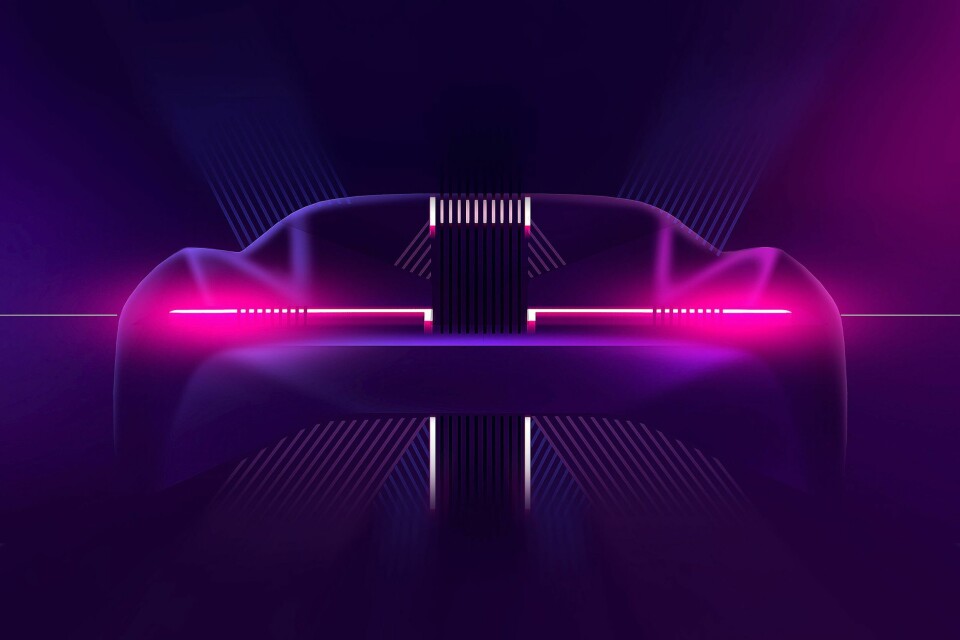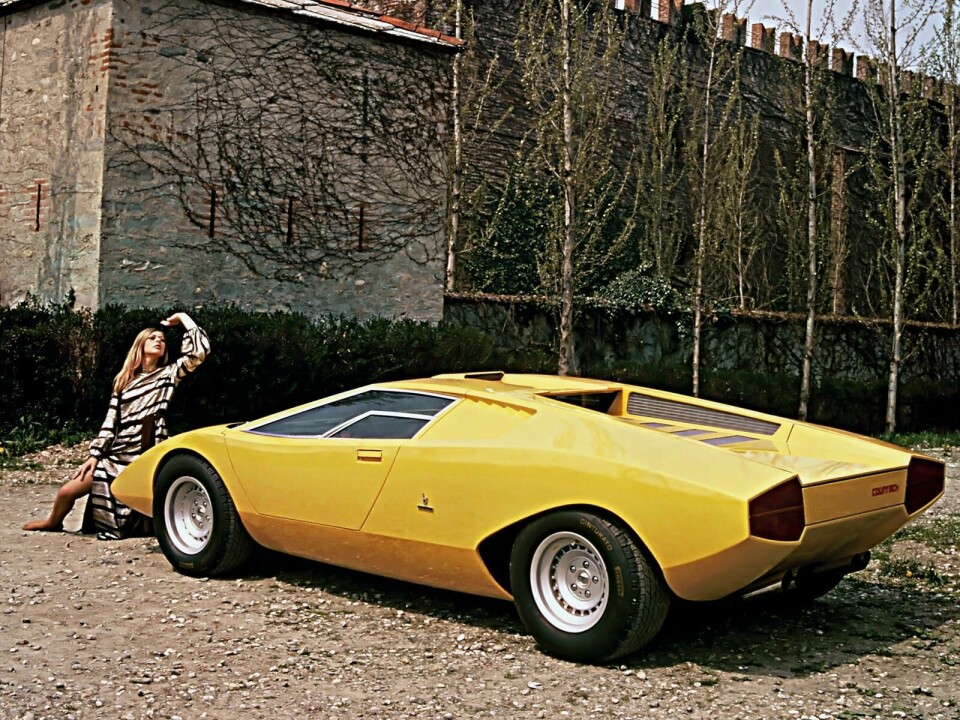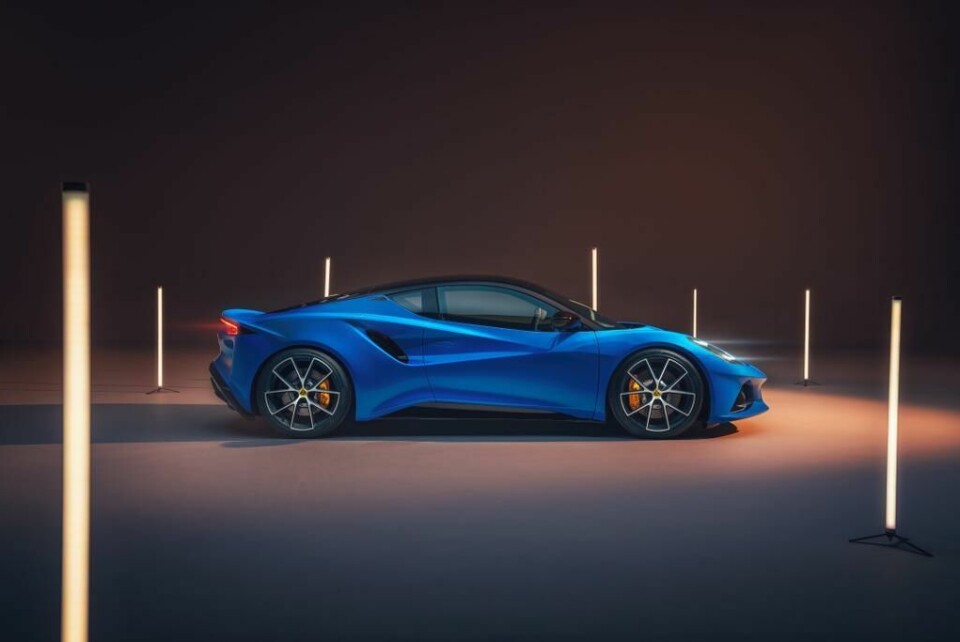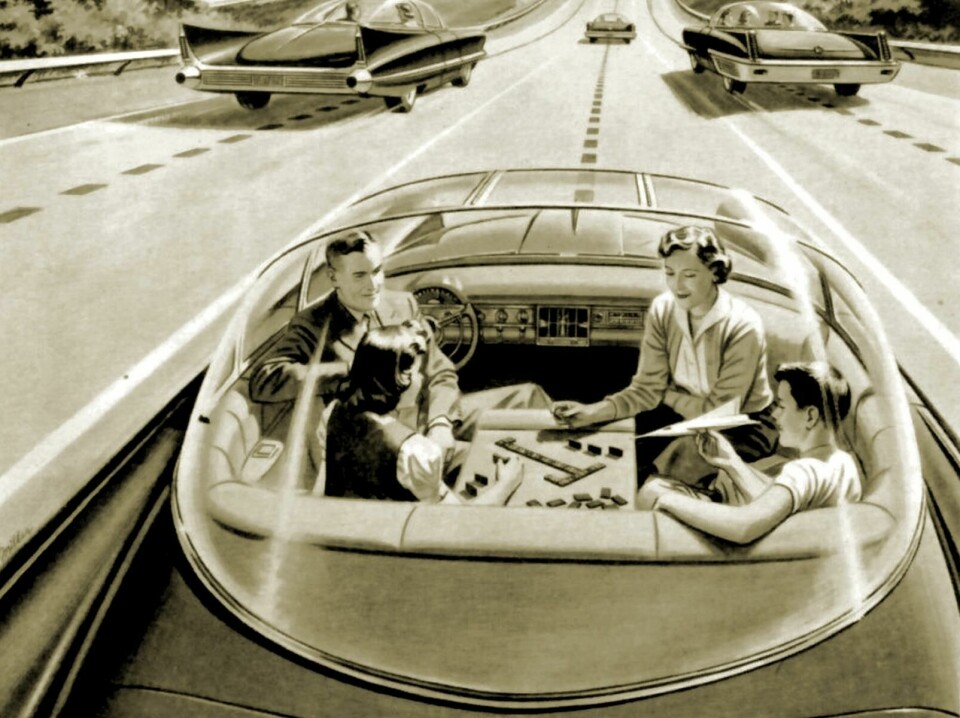
Opinion: the future of sports cars is off-road
The era of the sports car may be over, but there is chance that a new generation of adventure vehicles will offer similarly affordable thrills. At the other end of the spectrum, autonomous vehicle present challenges that few designers are prepared to face right now. Nick Hull, associate professor at Coventry University and CDN regular, considers these contrasting typolgies
There is something of an inherent conflict between promise of enhanced driving pleasure from a sportscar and EV powertrains – no visceral noise, no need for manual skills like gearchanging or understanding power curves and rev limits. But there are potentials here for new levels of acceleration and fascinating new EV soundtracks – the EV cars at Goodwood this year excited crowds more than trad petrol racers on both these counts.
In more general terms the sportscar is facing a bleak future: the affordable sportscar has almost disappeared now. Apart from MX5 what else? BMW Z4 discontinued, Audi TT won’t be replaced, Lotus Elise gone upmarket with Emira. Supercars still have a role as statement cars for very wealthy but face increasing contempt from environmentalists and apathy from enthusiasts – supercars increasingly seem all from the same mould, little groundbreaking design innovation to wow young designers in the way a Countach or F40 might once have done.

Mainstream sportscar makers such as Porsche and BMW discovered the SUV as a saviour to sales that didn’t damage their brand and now every specialist sportscar brand has endorsed the sports SUV as a valid concept (Lotus, Aston, Lamborghini, Ferrari).
As an extension of this trend, design students seem much more focused on adventure vehicles as the new typology that excites their generation. Are these the new sports cars? Around 1/3 of our student final projects embraced this type of vehicle, very few traditional supercars or sportscars. These range from hyper 4x4 Paris-Dakar racers to stripped-out extreme dune or rally racers (think Bowler Wildcat or Aerial Nomad) to zoom across the Gobi desert. Or something along lines of the Audi Trail concept, a sophisticated one-box lifestyle vehicle.

Traditionally, the sports car offered an extension to a young lifestyle, a heightened sense of driving pleasure over practicality, but C21st congestion has dulled that halcyon promise. Maybe adventure vehicles offer an alternative lifestyle expression, cars that you can explore the World with, cars you can live in. From the latest VW Caravelle, new Defender with tent on roof or Canoo pick-up “Practical is the new Sexy”.
Advent of autonomous driving
We need to be a bit circumspect here and not simply follow the industry ‘groupthink’ that suggests level 5 autonomous vehicles will be welcomed and become widespread in near future.
The pandemic and more urgent issues of company survival have seen R&D budgets slashed and diverted elsewhere for many OEMs. There’s a danger that in 5 years’ time it might be seen as something of a cul-de-sac topic. We’ve been here before with rear-engined cars in 1950s, rotary engines in 1970s, digital talking displays in 1980s: vast amounts of R&D time devoted to it but then circumstances rapidly changed and consigned them to history, with the public never fully embracing the idea.

While the technical hardware and software issues are largely being solved, the cultural, psychological and legal concerns have been largely ignored – not untypical of Silicon Valley optimism – and these could scupper the whole idea too. The problems of motion sickness have been researched by Coventry University and the Royal College of Art and results are not encouraging – the need to maintain some eye contact with the road and surroundings has been severely underestimated to avoid motion sickness. This is even worse if occupants facing rearwards, as typically shown in many autonomous OEM and student concepts.
It seems more likely that autonomy will be embraced under certain controlled circumstances:
- automatic braking and distance control
- in very slow-moving traffic, so you can glance away from road for extended periods rather than a few seconds
- parking assistance, self-parking
All these seem entirely feasible and offer distinct advantages to drivers.
For commercial vehicles, platooning and allowing drivers to shift attention to logistics side of the job (updating manifests, route planning, vehicle systems check etc) offers real cost and safety advantages. At moment we have drivers juggling to perform these tasks while driving, with some terrible consequences.

For designers the interesting part is taking advantage of the new opportunities for design that some autonomous control will offer. Devising new visual ways of showing the vehicle status externally: Lidars, flashing lights, light strobes, warning signals – all these would need to be considered and will inform the design in fascinating new ways. For the interior, the quality and depth of HMI design will be key: how to inform the occupants of destinations and routes, how to reassure them of changing situations etc. Is it mainly visual display displays and use of colour or audio, haptic inputs and outputs? There are great new opportunities here.
The issue of autonomous vehicle assertiveness has not really been tackled either. If the vehicle is programmed to be as polite and safety-conscious as possible, how will it ever cope in cut-and-thrust city driving? If it cannot then it is unlikely to be accepted as a viable alternative by many users, it will always end up at the back of the queue. Or will we see different brand algorithms developed? Eg your BMW is a bit more aggressive; the DS takes a more relaxed, laid back approach, the Volvo is uber-cautious compared to Polestar?
These are issues that the industry is desperate to avoid at the moment, preferring to focus on practical, technical achievements.



